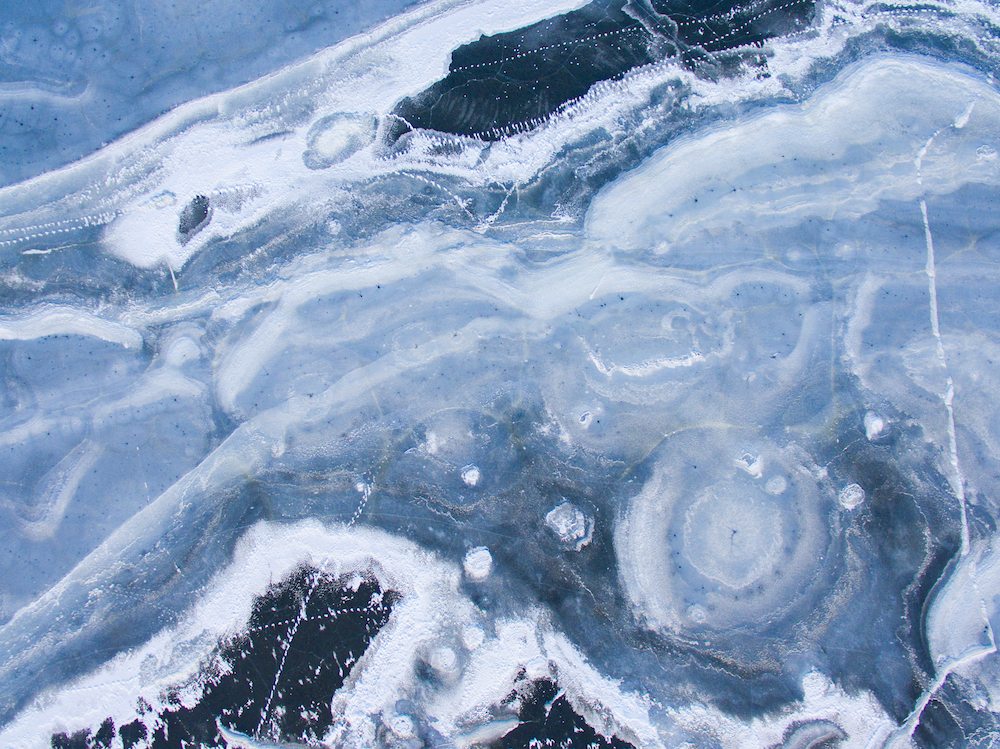Environment
Ancient frozen diseases may be thawing
When a 12-year-old boy died in 2016 and more than twenty other people were hospitalized from contact with anthrax, scientists looked at the surrounding frozen Siberian tundra for answers. One popular theory posited that approximately 75 years ago, a local reindeer died from anthrax exposure and its frozen carcass became trapped under a layer of permafrost (frozen soil). When the area referred to as the Yamal Peninsula of the Arctic Circle experienced a particularly hot summer in August 2016, the permafrost thawed and released the carcass’s anthrax into the ecosystem’s soil, water, and eventually the food supply. Grazing reindeer in adjacent fields subsequently became infected by the thousands, with at least 2,300 dying, which in turn led to the human illnesses. But why does this incident cause such alarm bells for scientists worldwide?
Maybe because while permafrost in the region normally melts down about fifty centimeters annually, current thawing is exposing deeper, older layers faster, and releasing microorganisms of bacteria, fungi, viruses, and ancient frozen diseases that have survived in a dormant state. Since anthrax commonly infected reindeer during the latter 20th century, many more such carcasses may be awaiting the right conditions to follow suit. Since the region’s ground is difficult to excavate due to its frozen state, many dead reindeer are buried near the surface of the permafrost. As a result of these and other conditions, million-year-old bacteria and ancient frozen diseases may soon find their way to the sunlight, which could mean human exposure to diseases we have not faced in as many years.
France’s Aix-Marseille University evolutionary biologist Jean-Michel Claverie explains that, “Permafrost is a very good preserver of microbes and viruses, because it is cold, there is no oxygen, and it is dark. Pathogenic viruses that can infect humans or animals might be preserved in old permafrost layers, including some that have caused global epidemics in the past.
Even before global warming drew widespread concern, some scientists theorized that periodic thaws of Arctic ice might lease age-old influenza viruses which could potentially be transported to humans via migrating birds. According to Dany Shoham of Bar-llan University in Israel, “This phenomenon may take place regularly, far beyond what we witness,” citing one such virus which appears to have resurfaced in 2006, coinciding with the melt of a Siberian lake, as well as the 1960’s and even farther back in the 1930’s. Since NASA scientists have been able to restore to activity microbes called Carnobacterium pleistocenium from the Pleistocene period, it appears time spent frozen has little to do with the lifespan of some ancient frozen diseases—and once restored, they swiftly became infectious again. And then there’s the matter of the 1890’s smallpox epidemic of Siberia which resulted in the deceased being buried in some of the same frozen territories—the thaw from which would spark a likely public health crisis. While scientists haven’t specifically found smallpox, they have found “sores characteristic of the marks left by smallpox” and “have detected fragments of its DNA.” Other scientists have also discovered RNA fragments of the deadly 1918 Spanish flu within remains of graves in the Alaskan tundra, and have pondered the likelihood of bubonic plague lingering in Siberia.
These theories are being discussed during a time of already growing concern over antibiotic resistance. What would an outbreak of ancient frozen diseases be like to today’s scientists and doctors to treat? What might happen if humanity were suddenly exposed to unknown amounts of as-yet unidentified hibernating microbes? It appears we must wait and see what science, and the melting ice, will reveal to us.



0 comments